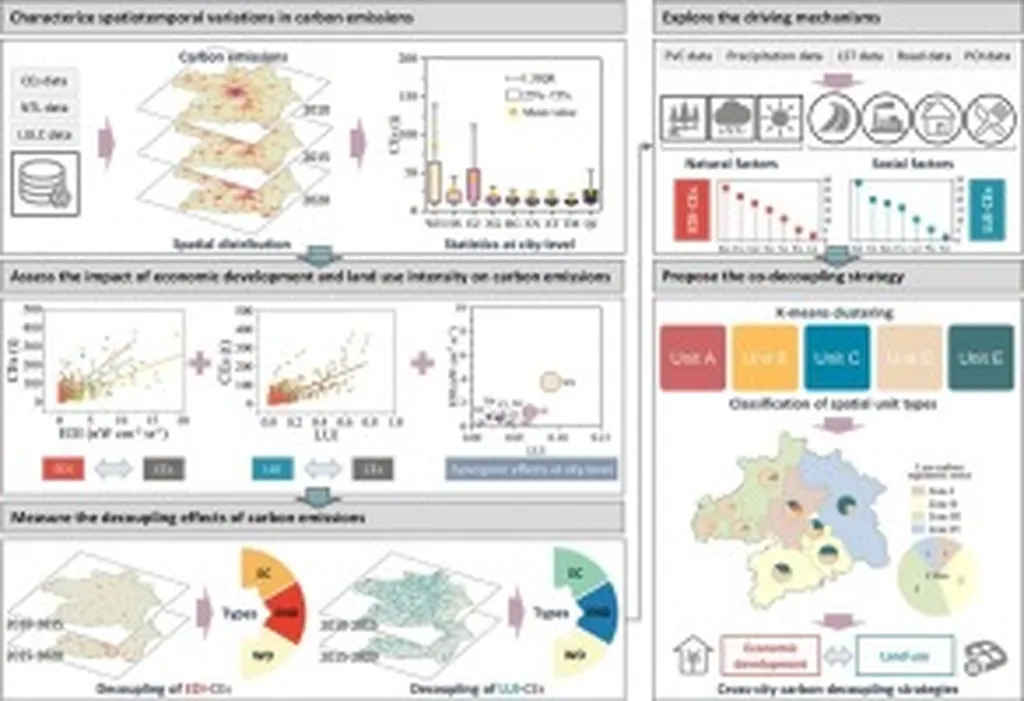In the heart of Wuhan, China, a breakthrough in construction technology is poised to reshape how we approach deep foundation pit projects, particularly in the energy sector. Tao Zhao, a researcher from the Computer Department at Wuhan Polytechnic, has developed a novel method for analyzing and correcting displacement measurement errors in deep foundation pits. This innovation, published in the journal *Engineering Reports* (translated from Chinese as *Engineering Reports*), promises to enhance accuracy and efficiency in large-scale construction projects, with significant implications for energy infrastructure development.
Deep foundation pits are critical components in the construction of high-rise buildings, underground facilities, and energy plants. Accurate measurement of displacement is crucial to ensure structural integrity and safety. However, existing methods often fall short due to insufficient experience, poor correction effects, and an over-reliance on qualitative analysis. “The lack of quantitative research on error influence makes it challenging to grasp error laws and correction methods,” Zhao explains. His research addresses these gaps by integrating coefficient selection and multiple regression to create a robust framework for error analysis and correction.
The method involves constructing displacement datasets and error matrices through coefficient selection, ensuring data accuracy. Multiple regression is then used to calculate and verify errors, introducing dynamic factors to adjust the measurement range and comprehensive factors to reduce subjective interference. “By incorporating these factors, we can significantly improve the reliability and accuracy of our measurements,” Zhao notes. The results are computed using five indicators and verified through MATLAB simulations, demonstrating over 90% accuracy in each indicator compared to traditional methods.
The implications for the energy sector are substantial. Accurate displacement measurement is vital for the construction of energy plants, underground storage facilities, and other critical infrastructure. “This method not only improves accuracy but also enhances efficiency, making it a valuable tool for engineers and project managers,” Zhao says. The integration of coefficient selection and multiple regression provides a comprehensive framework that reduces subjectivity and enhances reliability, particularly in complex environments.
As the construction industry continues to evolve, innovations like Zhao’s method are set to play a pivotal role in shaping future developments. By addressing the challenges of error analysis and correction, this research paves the way for more accurate and efficient construction practices. “Our goal is to provide a reliable solution that can be widely adopted in the industry,” Zhao concludes. With the publication of this research in *Engineering Reports*, the construction and energy sectors are one step closer to achieving that goal.

